Answered step by step
Verified Expert Solution
Question
1 Approved Answer
Lisa is a sales manager at a clothing retail store. She has hired you, a recent graduate with a marketing degree with an emphasis
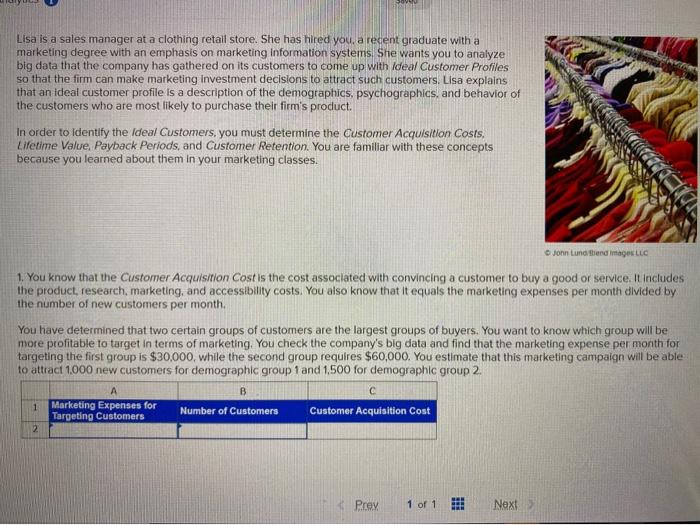
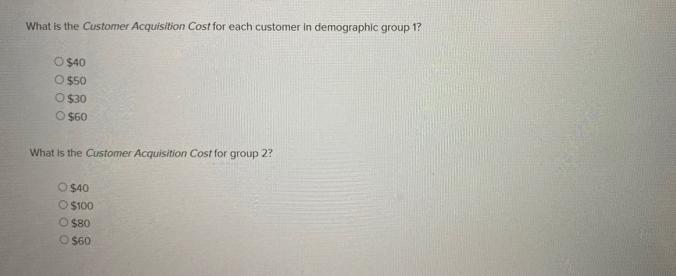
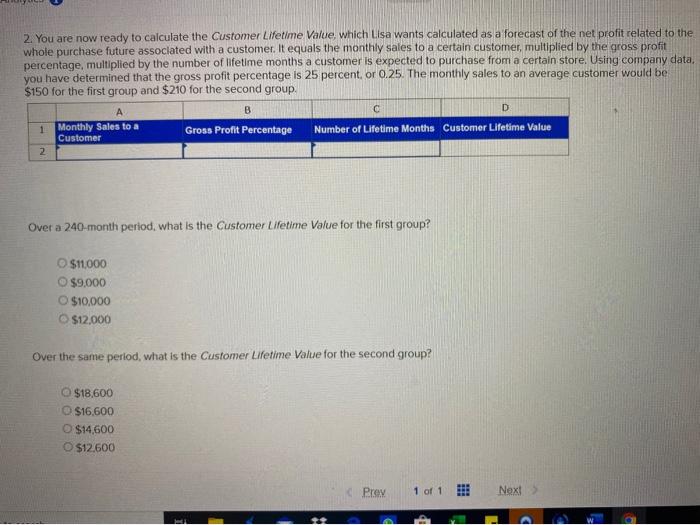
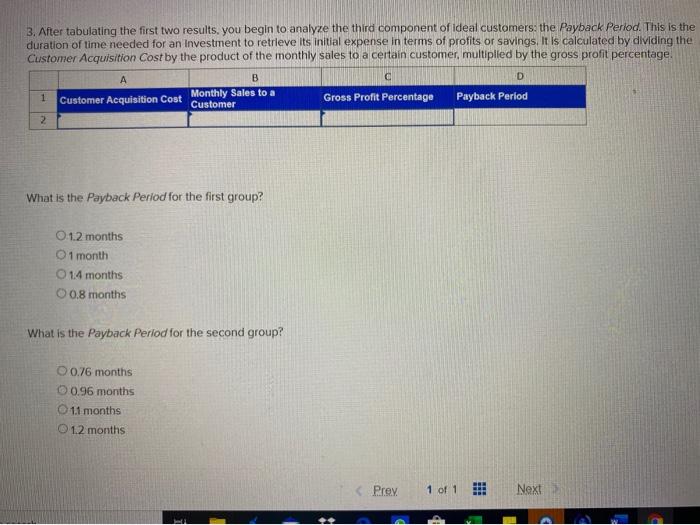
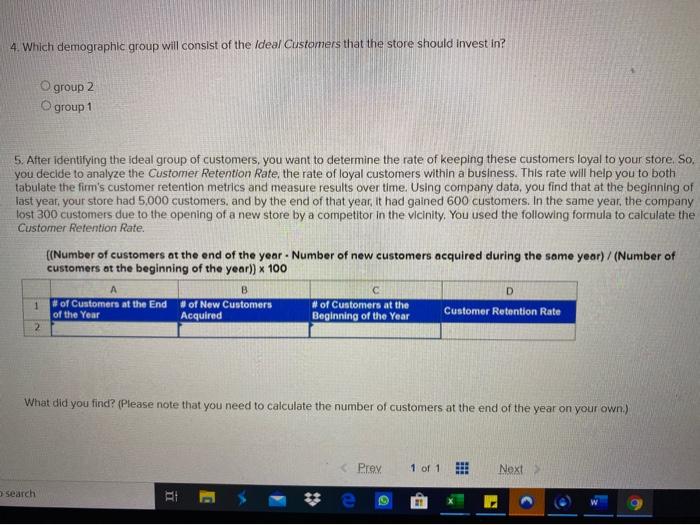
Lisa is a sales manager at a clothing retail store. She has hired you, a recent graduate with a marketing degree with an emphasis on marketing information systems. She wants you to analyze big data that the company has gathered on its customers to come up with Ideal Customer Profiles so that the firm can make marketing investment decisions to attract such customers. Lisa explains that an ideal customer profile is a description of the demographics, psychographics, and behavior of the customers who are most likely to purchase their firm's product. In order to identify the Ideal Customers, you must determine the Customer Acquisition Costs. Lifetime Value, Payback Periods, and Customer Retention. You are familiar with these concepts because you learned about them in your marketing classes. John Lund end images LLC 1. You know that the Customer Acquisition Cost is the cost associated with convincing a customer to buy a good or service. It includes the product, research, marketing, and accessibility costs. You also know that it equals the marketing expenses per month divided by the number of new customers per month. You have determined that two certain groups of customers are the largest groups of buyers. You want to know which group will be more profitable to target in terms of marketing. You check the company's big data and find that the marketing expense per month for targeting the first group is $30,000, while the second group requires $60,000. You estimate that this marketing campaign will be able to attract 1,000 new customers for demographic group 1 and 1,500 for demographic group 2. C Customer Acquisition Cost 1 2 A Marketing Expenses for Targeting Customers B Number of Customers Prev 1 of 1 Next > What is the Customer Acquisition Cost for each customer in demographic group 1? O $40 O $50 O $30 O $60 What is the Customer Acquisition Cost for group 2? O $40 O $100 O $80 O $60 2. You are now ready to calculate the Customer Lifetime Value, which Lisa wants calculated as a forecast of the net profit related to the whole purchase future associated with a customer. It equals the monthly sales to a certain customer, multiplied by the gross profit percentage, multiplied by the number of lifetime months a customer is expected to purchase from a certain store. Using company data. you have determined that the gross profit percentage is 25 percent. or 0.25. The monthly sales to an average customer would be $150 for the first group and $210 for the second group. B 1 2 Monthly Sales to a Customer O $11,000 $9,000 O $10,000 $12,000 Over a 240-month period, what is the Customer Lifetime Value for the first group? Gross Profit Percentage O$18,600 $16,600 C D Number of Lifetime Months Customer Lifetime Value Over the same period, what is the Customer Lifetime Value for the second group? O $14,600 O$12.600 Prev 1 of 1 Next > 3. After tabulating the first two results, you begin to analyze the third component of ideal customers: the Payback Period. This is the duration of time needed for an Investment to retrieve its initial expense in terms of profits or savings. It is calculated by dividing the Customer Acquisition Cost by the product of the monthly sales to a certain customer, multiplied by the gross profit percentage. C D Payback Period A 1 Customer Acquisition Cost 2 What is the Payback Period for the first group? 1.2 months 1 month O1.4 months 0.8 months B Monthly Sales to a Customer What is the Payback Perlod for the second group? O 0.76 months 0.96 months 11 months 1.2 months Gross Profit Percentage < Prev 1 of 1 Next >> 4. Which demographic group will consist of the Ideal Customers that the store should invest in? Ogroup 2 O group 1 5. After identifying the ideal group of customers, you want to determine the rate of keeping these customers loyal to your store. So, you decide to analyze the Customer Retention Rate, the rate of loyal customers within a business. This rate will help you to both tabulate the firm's customer retention metrics and measure results over time. Using company data, you find that at the beginning of last year, your store had 5,000 customers, and by the end of that year, it had gained 600 customers. In the same year, the company lost 300 customers due to the opening of a new store by a competitor in the vicinity. You used the following formula to calculate the Customer Retention Rate. ((Number of customers at the end of the year Number of new customers acquired during the same year)/(Number of customers at the beginning of the year)) x 100 A B 1 # of Customers at the End #of New Customers of the Year Acquired 2 O search # of Customers at the Beginning of the Year What did you find? (Please note that you need to calculate the number of customers at the end of the year on your own.) 11 Prev D Customer Retention Rate 1 of 1 Next >
Step by Step Solution
★★★★★
3.38 Rating (157 Votes )
There are 3 Steps involved in it
Step: 1
A Marketing Expenses for Targeting Customers For demographic group 1 30000 For demographic group 2 6...
Get Instant Access to Expert-Tailored Solutions
See step-by-step solutions with expert insights and AI powered tools for academic success
Step: 2

Step: 3

Ace Your Homework with AI
Get the answers you need in no time with our AI-driven, step-by-step assistance
Get Started


